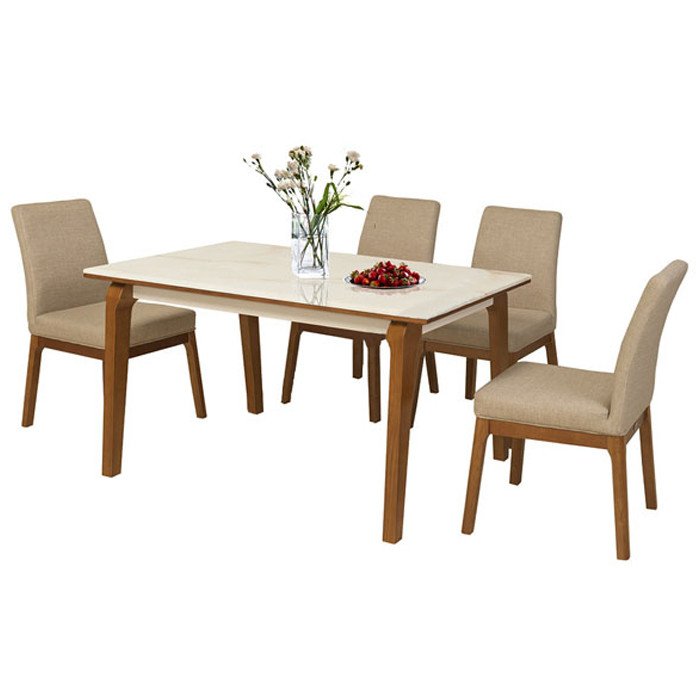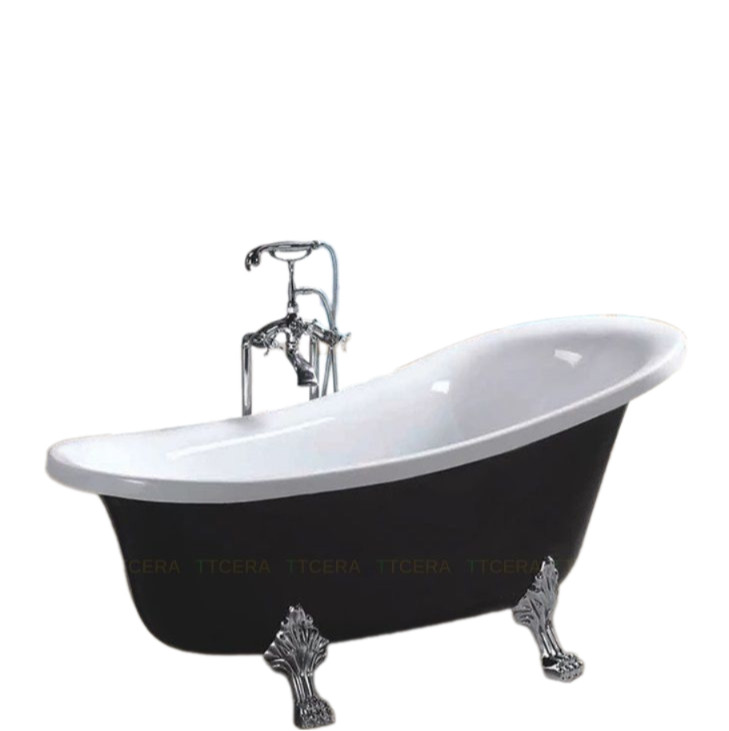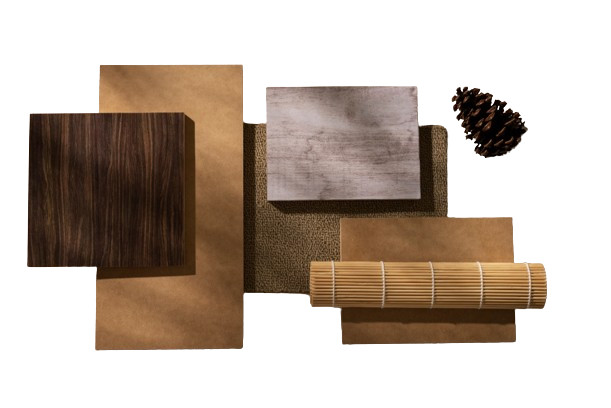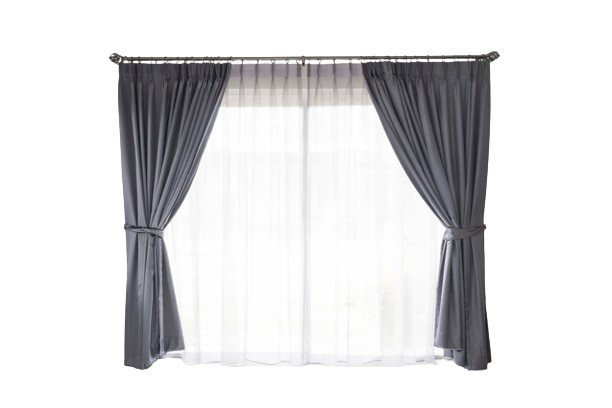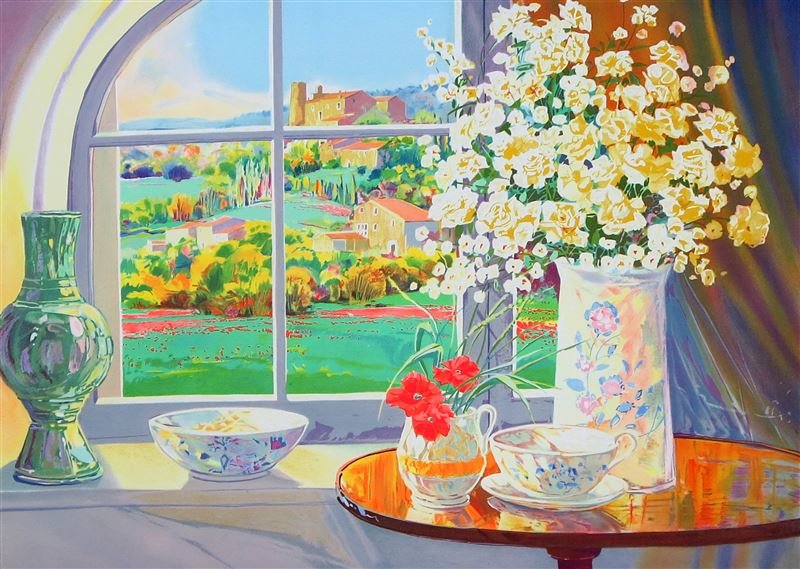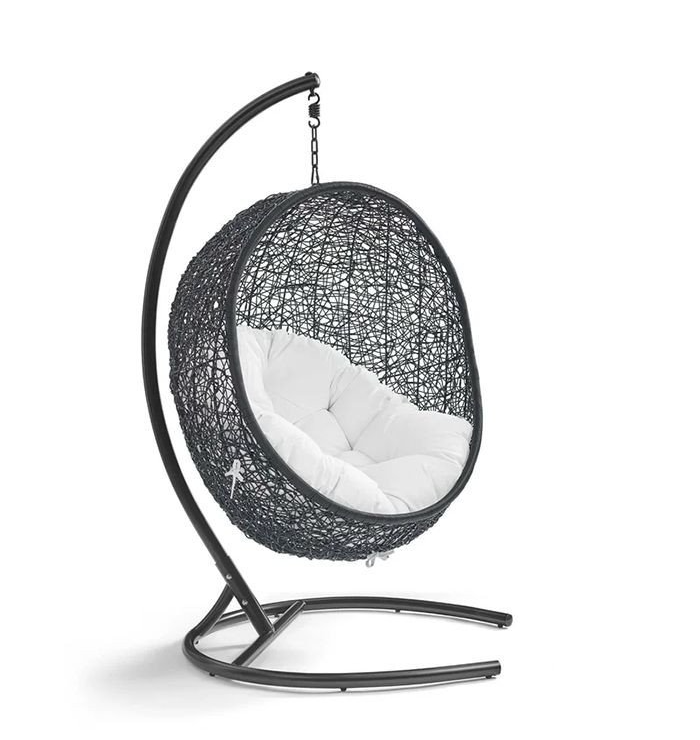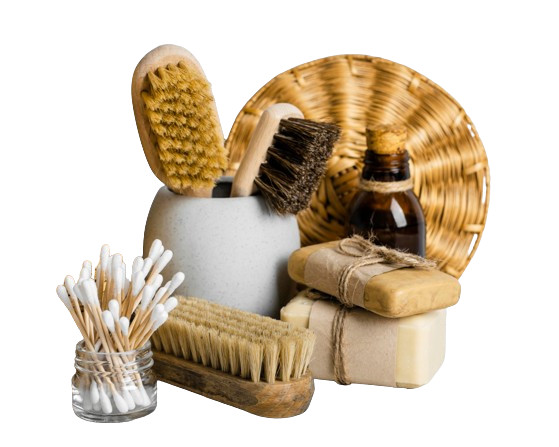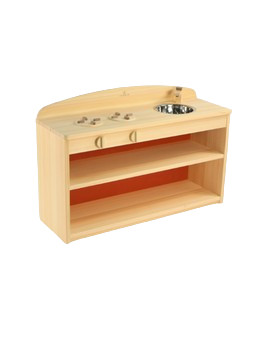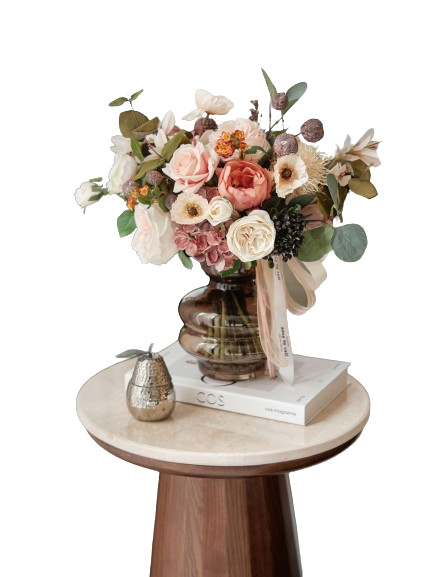JAPANESE TRADITIONAL CRAFTS
CONSERVATION & DEVELOPMENT OVER THE YEARS
1. Overview of traditional Japanese crafts

According to the Japanese Ministry of Education, Culture, Sports, Science, and Technology, crafts (called 伝統工芸 技術/Dento Kogei Gijutsu in Japanese) are classified into eight categories: ceramics, textiles, lacquer, metal processing, doll making, bamboo, wood, and paper. Each of these groups is further subdivided. These are occupations that make consumer items by hand, using modest tools to create objects that showcase the beauty of craftsmanship and traditional processes. It must be a long-standing profession passed down from generation to generation, such as forging agricultural equipment, food preparation, lacquering, carving, etc. This is also the term used by the Association of Japanese Craftsmen. Those qualified to work in crafts as individuals are known as artisans, craftsmen, or if a group is involved, a craftsman certificate or a group certificate is required.
2. Immerse yourself in one-of-a-kind traditional Japanese handicrafts
- Ceramics
Japanese ceramics, known in Japan as “Tojiki” (陶磁器) or “Yakimono” (やきもの), are among the most valuable traditional Japanese crafts. It combines art and tradition, has a long history, and reflects the values of the Japanese people throughout that time.


Demand for Japanese ceramics grew over time, prompting local artisans to simplify their designs, resulting in the unique, balanced aesthetic that Japanese ceramics possess. Nowadays, it is well known. Japanese ceramics are also heavily influenced by the values and events of the time period in which they were created; ceramic experts can also determine the age of ceramics simply by looking at the paintings. style, detail...
- Textile/Weaving


Bashō-fu, a traditional handwoven fabric once worn by Ryukyu royalty, is produced exclusively in Kijōka, a small village in Ōgimi district in northern Okinawa. The delicate fibers come from the leaves of itobasho, a type of wild banana. Harvesting, spinning, natural dyeing, and weaving are all done locally. Production has declined in recent years due to a shortage of itobasho and the decline in the number of skilled bashō-fu craftsmen. It takes up to three months and up to 200 yarns to weave a bashō-fu kimono. Therefore, this is considered a truly expensive product, which can fetch up to several million yen, or tens of thousands of dollars.
- Lacquerware


Lacquerware is pronounced Shiki in Japanese (漆器). Lacquered products, such as dishes, are made by applying lacquer to a wood or paper base. Lacquer workers must therefore be skilled and proficient. Naturally, the finished lacquer product has been dried and is non-toxic. The traditional pattern design is most likely the distinguishing feature of Japanese lacquerware. There is a wide range of lacquerware with traditional motifs that can be identified as Japanese lacquerware at a glance.
- Dolls and Kokeshi
Dolls are more than just decorations for Japanese people; they are confidants who represent the owner's emotions. As a result, most traditional Japanese dolls have a variety of nuances and gestures. A doll maker must be able to breathe life into a lifeless doll while also encapsulating a whole world of traditional culture. The variety of dolls, as well as the ingenuity and sophistication in crafting, can be described as characteristics of Japanese doll culture.


Because traditional dolls are all handmade, the process of making them is quite involved. Doll-making in Japan is an art form that requires specialization at every step. A doll was created by a group of artisans. It takes 20–30 talented craftsmen to complete a typical doll, with each specializing in a different stage, such as the doll's head, hair, facial features, body, hands, kimono, and glass eyes. A doll can take anywhere from several months to several years to complete.
- Bamboo


Making bamboo items is a popular traditional craft in Oita, Gifu, and Kyoto prefectures, which have abundant bamboo resources. If you find bamboo baskets too bulky, consider the Chasen tea whisk, the Uchiwa fan, or the graceful cherry blossom chopstick rest.
- Glass, crystal


Others are drawn to Japanese glass and crystal products because of their sophisticated designs and craftsmanship, some of which include elaborate engravings. If you have a lot of money, Japanese crystal and glass will give you many options for everyday items such as glasses, wine glasses, and trays, to display decorations such as vases, statues, and so on.
- Washi Paper


On the list, washi paper souvenirs are an absolute must. Washi paper, which is entirely handmade, is not only gracefully beautiful and unique, but it also has a lifespan of up to 1000 years. Origami paper, postcards, cards, earrings, models, and even phone cases are examples of Washi paper souvenirs.
- Woodcraft



Wood is widely used in the daily lives of Japanese people in a country with vast forests, such as Japan. Wappa lunch boxes, Hakone secret boxes, Geta clogs, and household items such as tissue boxes, cutting boards, coasters, clocks, and so on are all suitable as souvenirs.
3. The significance of traditional Japanese crafts
Aside from honoring traditional crafts as the artistic quintessence of the people, Japan views traditional crafts as a counterweight to the boom and hot growth in developing countries' other jobs. Traditional crafts are also expected to act as "messengers spreading Japanese culture to the outside world," due to the sophistication, aesthetics, and technical virtuosity accumulated in each product, which will make foreigners feel the depth of Japanese culture.


After more than 40 years of enforcing the Law on Traditional Crafts Development, Japan is now regarded as one of the countries that preserves and develops the world's best crafts. The conservation list includes hundreds of traditional handicraft products. There are approximately 70 thousand practitioners and nearly 14 thousand production facilities, and annual revenue from traditional crafts totals 104 billion yen (880 million USD).
ADORN MUSEUM
Location: O-1, TM.01, 1st Floor, Orchid 1 Tower, Hado Centrosa Garden No.200 3/2 Street, Ward 12, District 10, Ho Chi Minh City, Viet Nam.
Hotline: (+84) 28 3930 3428
E-mail: support@adornmuseum.com
Operation time:
8:30 - 17:30, Monday - Friday & 8:30 - 12:00, Saturday



